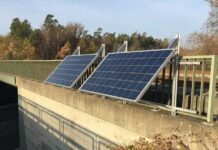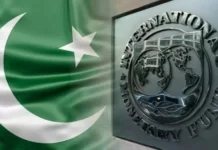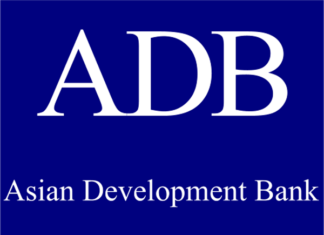Large-Scale Manufacturing (LSM), Pakistan’s principal industrial segment, contracted by 1.47 percent during July–March FY2025, marking the third consecutive year of negative growth, according to the Pakistan Economic Survey 2024–25.
This decline follows a marginal contraction of 0.22 percent in the same period last year and underscores ongoing structural challenges, elevated input costs, and downturns in key sectors such as food, chemicals, iron and steel, and electrical equipment.
Despite the overall contraction, nearly half of LSM subsectors recorded positive growth. Industries such as wearing apparel, textiles, coke and petroleum products, pharmaceuticals, and automobiles showed resilience. In March 2025, LSM posted a year-on-year (YoY) increase of 1.8 percent, slightly up from 1.7 percent in March 2024. However, on a month-on-month (MoM) basis, LSM output declined by 4.6 percent in March 2025, following a 5.6 percent fall in February.
The Mining and Quarrying sector also remained under pressure, contracting by 3.4 percent in FY2025, a slight improvement from the 4.0 percent decline in the previous year. Notable reductions were recorded in the extraction of crude oil (-14.8%), natural gas (-6.8%), coal (-5.7%), and iron ore (-20.2%). On the positive side, production of sulphur surged by 341.9 percent, while dolomite (43.3%), limestone (34.1%), marble (20.2%), and ocher (70.3%) also posted strong gains.
Together, the manufacturing and mining sectors account for 13.2 percent of Pakistan’s GDP. Within the manufacturing sector, LSM contributes 67.5 percent, equivalent to 8.0 percent of GDP, followed by small-scale manufacturing (2.4%) and slaughtering (1.4%).
In recent years, LSM has been severely affected by macroeconomic instability, including a precarious current account position and a high fiscal deficit. Stabilization measures under the IMF program—such as import restrictions, exchange rate adjustments, elevated interest rates, and energy constraints—have further suppressed industrial activity.
While macroeconomic indicators began to show signs of improvement in FY2025, with declining inflation, a reduced policy rate, and improved fiscal and external balances, overall manufacturing growth slowed to 1.3 percent, down from 3.0 percent in FY2024. This was largely driven by the 1.5 percent contraction in LSM, compared to a 0.9 percent expansion in the previous year. In contrast, small-scale manufacturing and slaughtering grew by 8.8 percent and 6.3 percent, respectively, providing some offset to the sector’s broader weakness.
The Economic Survey notes that despite policy support measures—including an 850 basis-point cut in the policy rate by the State Bank of Pakistan and winter electricity tariff relief—the pace of recovery in industrial production remains sluggish. Many LSM segments continue to struggle with high input costs, heavy taxation, and inconsistent energy supply.
Nearly 49 percent of the LSM basket (as per its weight in the Quantum Index of Manufacturing) showed positive growth, particularly in sectors such as textiles, automobiles, apparel, tobacco, and transport equipment. However, significant contractions in food, chemicals, non-metallic minerals, iron and steel, and electrical equipment outweighed these gains, pulling down aggregate performance.
Localized disruptions, including law and order issues in parts of Khyber Pakhtunkhwa, led to temporary shutdowns of some production units. Others closed permanently, either due to uncompetitive operating conditions or a structural shift toward imports.
The disconnect between macroeconomic stabilization and real-sector recovery suggests a lag in the transmission of improvements to industrial output. Nonetheless, with credit availability improving, inflation easing, and investor confidence showing early signs of revival, the outlook for LSM is cautiously optimistic.
According to the Survey, 12 of the 22 industrial groups posted positive growth during July–March FY2025, indicating initial signs of recovery in select subsectors. A detailed breakdown of group-wise performance is provided in Table 3.1 of the report.























